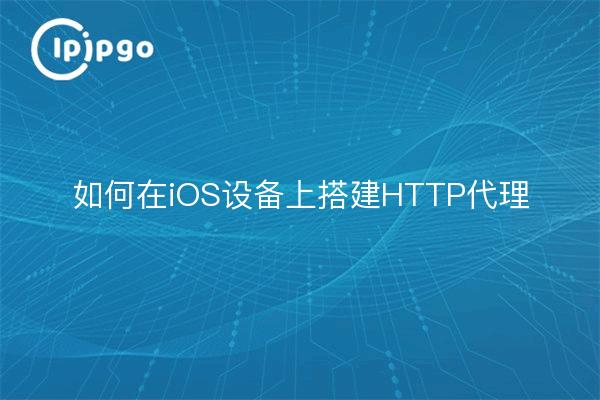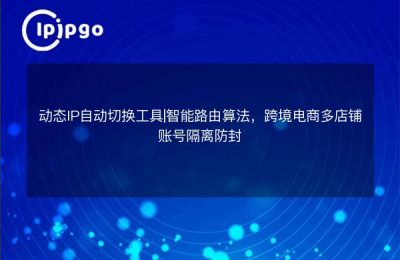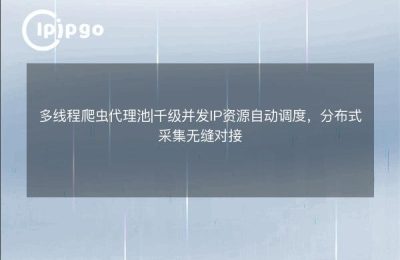
In the modern Internet environment, using proxy IPs has become a common way to protect privacy, speed up network connections, and access specific content. Especially for iOS users, building an HTTP proxy can provide a lot of convenience. In this article, we will explain in detail how to build an HTTP proxy on iOS devices to help you better master this technology.
What is an HTTP proxy?
An HTTP proxy is an intermediary server that passes HTTP requests and responses between a client and a server. With an HTTP proxy, you can hide your real IP address, speed up web page loading, and access specific web resources.HTTP proxies are not only for computers, but also for iOS devices.
Why use HTTP proxy on iOS devices?
There are many benefits of using an HTTP proxy on your iOS device. First, it protects your privacy and prevents your real IP address from being leaked. Secondly, with HTTP proxy, you can speed up your access to certain web pages or apps to enhance your web experience. In addition, HTTP proxy can also help you access some specific network resources.
preliminary
Here are a few things you'll need to have on hand before you get started:
- An iOS device, such as an iPhone or iPad.
- A valid HTTP proxy server address and port.
- Network Connection.
Step 1: Finding the right HTTP proxy
First of all, you need to find a reliable HTTP proxy service provider. There are many proxy service providers in the market and you can choose the right service according to your needs. Some services are free, but they are usually slower and less stable. Paid services usually offer higher speed and stability.
Step 2: Configure HTTP proxy on iOS device
Once you have the address and port of the HTTP proxy, you can configure it on your iOS device. Here are the exact steps:
- Open your iOS device and go to the Settings app.
- Click "Wi-Fi" to find the Wi-Fi network you are currently connected to.
- Click the blue "i" icon on the right side of the Wi-Fi network to enter the network settings page.
- On the Network Settings page, scroll down to find the "HTTP Proxy" option.
- Select the "Manual" configuration method.
- Enter the address of the HTTP proxy server you obtained in the "Server" field.
- Enter the corresponding port number in the Port field.
- If the proxy server requires authentication, fill in the username and password.
- After completing the settings, return to the Wi-Fi Settings page and the new HTTP proxy configuration will take effect automatically.
Step 3: Verify Agent Configuration
Once the configuration is complete, you can open Safari or another browser and visit some websites to test if the proxy is working properly. If everything is set up correctly, you should be able to access web pages normally and your IP address will show up as the IP address of the proxy server.
Common Problems and Solutions
There are some common problems that you may encounter when using HTTP proxies. Here are a few common problems and their solutions:
- Connection failed:Check that the proxy server address and port are entered correctly to ensure that the network connection is working.
- Slow:Try changing proxy servers and choosing a faster service provider.
- Authentication failed:Ensure that the username and password are entered correctly, and if they still fail, contact your proxy service provider for assistance.
summarize
With the above steps, you can easily set up HTTP proxy on your iOS device. HTTP proxy not only protects your privacy, but also enhances the web experience. Although you may encounter some problems during the configuration process, these problems can be solved through proper setup and debugging. Hope this article can help you to use HTTP proxy on iOS devices smoothly.








